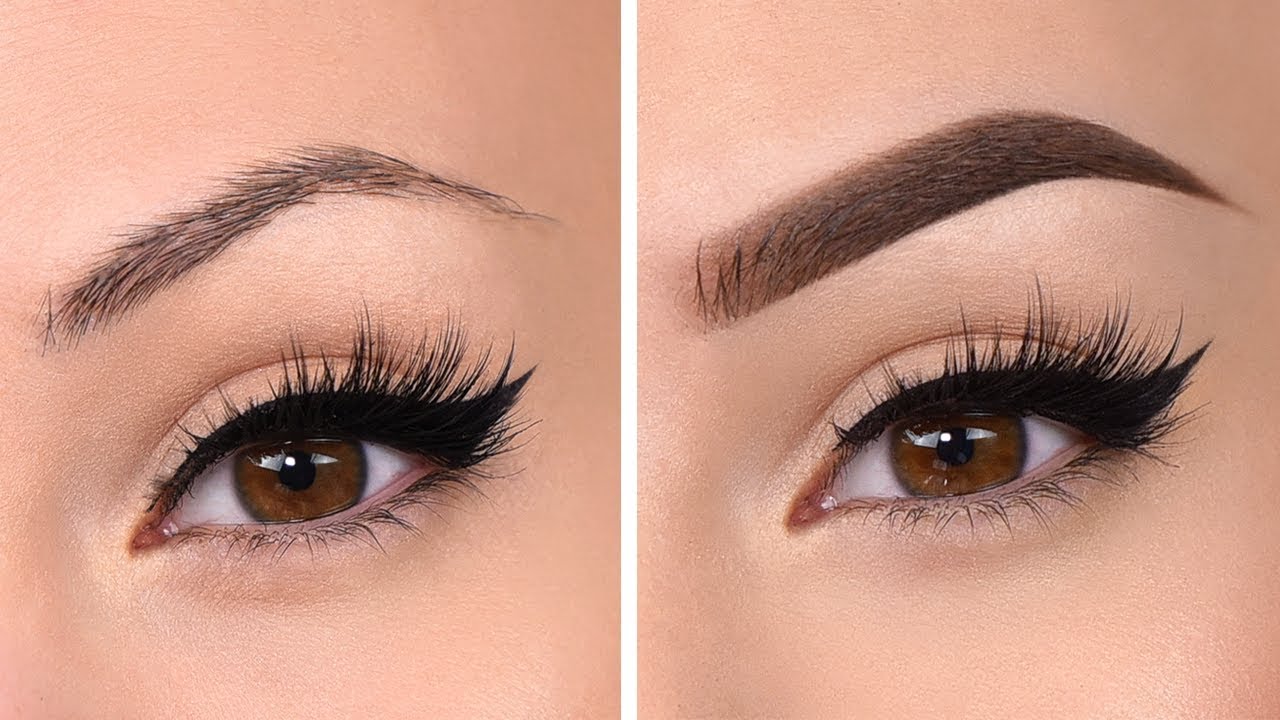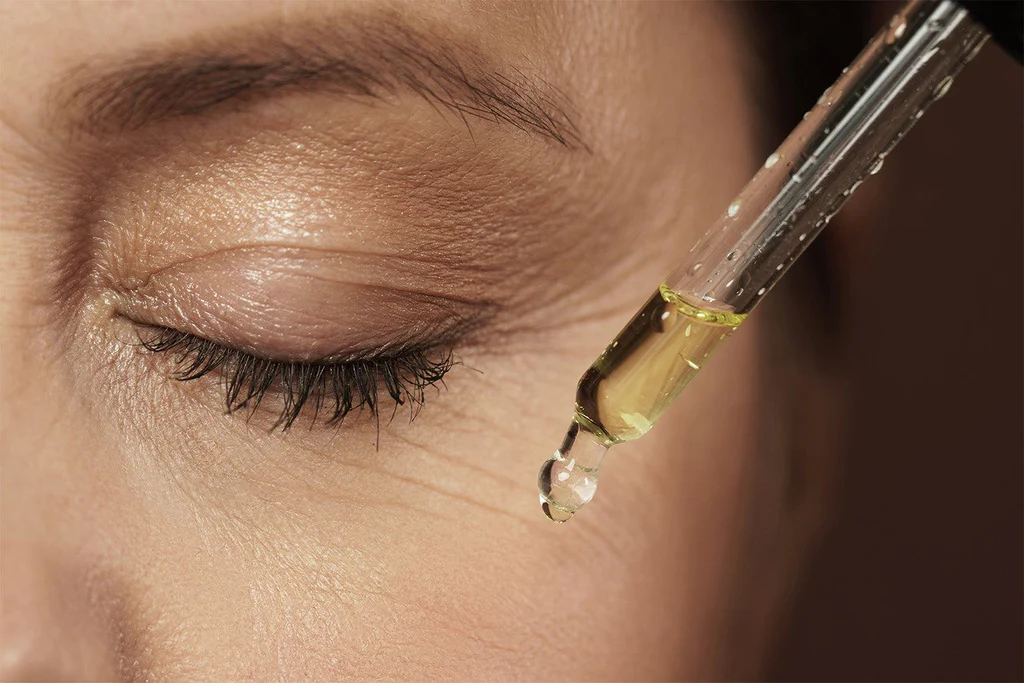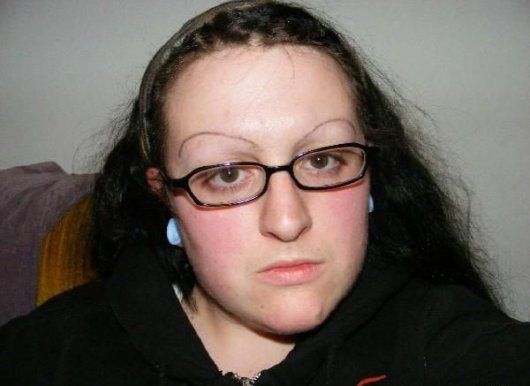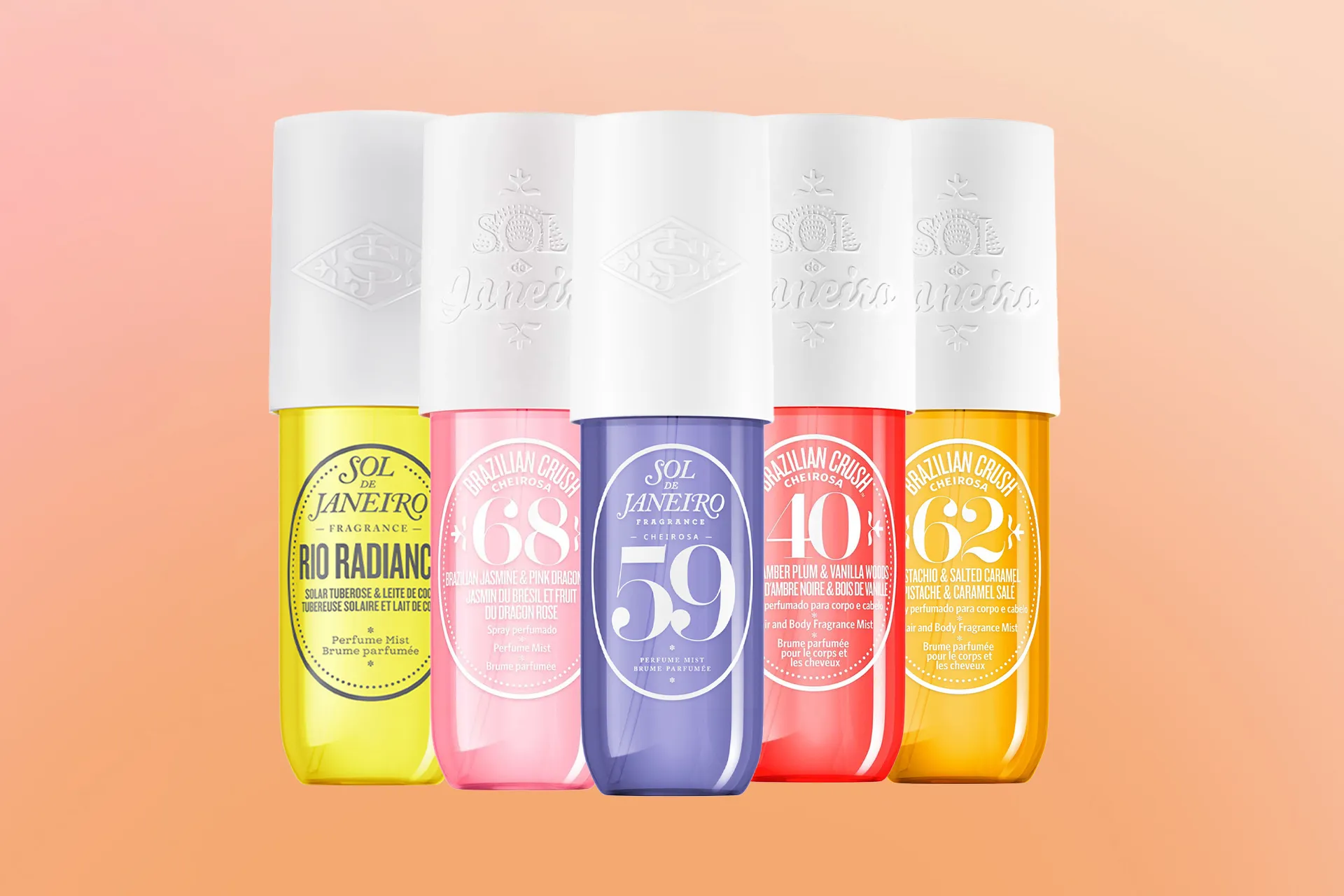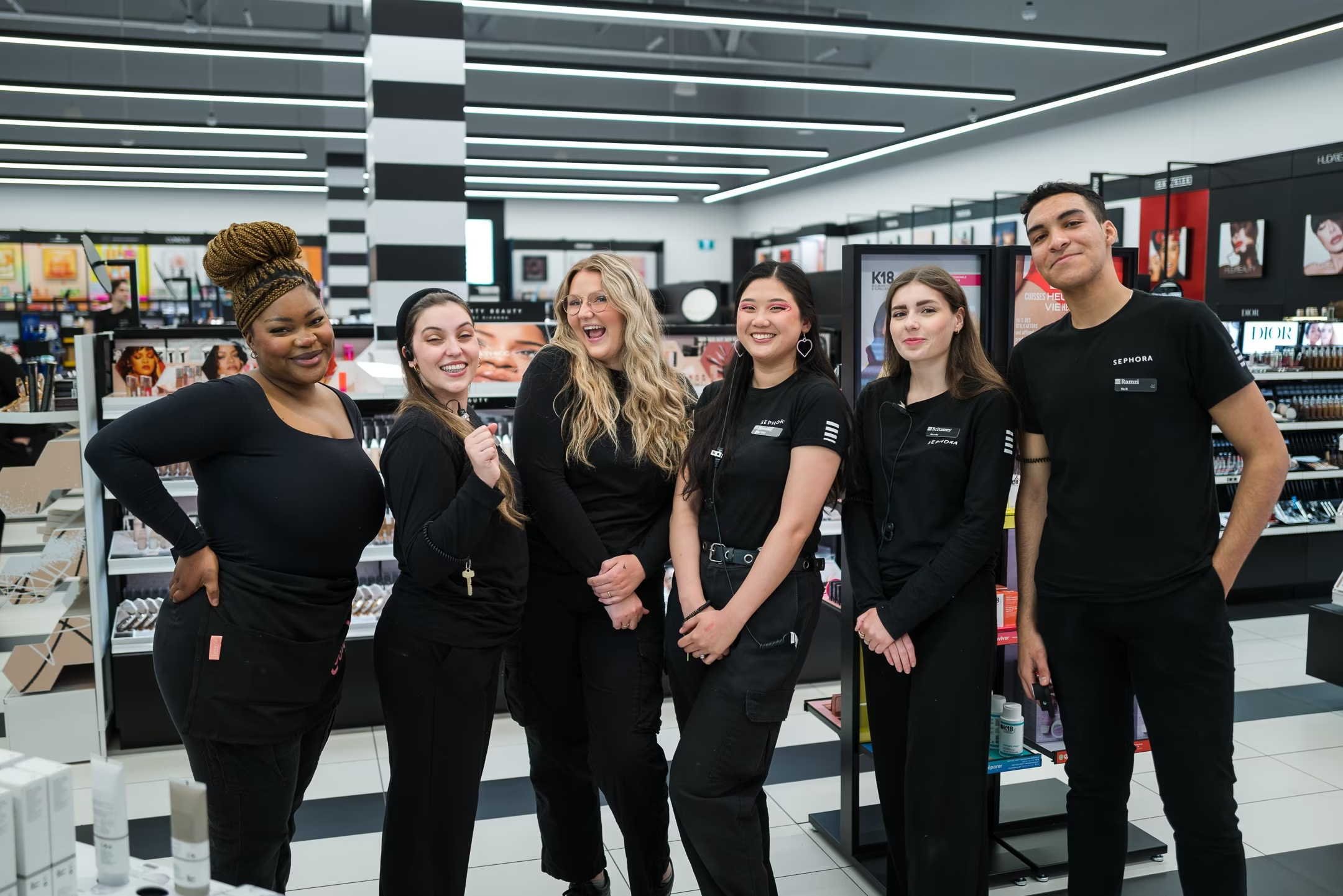
 By
Your Beauty Plug
By
Your Beauty Plug
Korean skin care is a popular trend that has taken the beauty world by storm. Korean skin care products are designed to nourish, hydrate, and protect the skin, while also enhancing its natural glow and radiance. Korean skin care routines are often long and detailed, involving multiple steps and products that work together to achieve optimal results. But what exactly are the steps of a Korean skin care routine, and what do they do? In this blog post, we will explain everything you need to know about Korean skin care routines, from the philosophy behind them to the best products to use.
The philosophy of Korean skin care is based on the idea that your skin is your largest organ and deserves your best attention. Unlike many Western beauty products that focus on covering up or removing blemishes, Korean beauty products aim to prevent and repair damage, as well as improve your overall health and well-being.
Korean beauty products are also formulated with natural ingredients that are gentle on the skin and respect its natural balance. They avoid harsh chemicals, artificial fragrances, and synthetic colors that can irritate or harm your skin. Instead, they use ingredients like hyaluronic acid, ceramides, niacinamide, green tea extract, and more to hydrate, soothe, brighten, and protect your skin.
Korean beauty products are also designed for diverse skin types and concerns. Whether you have dryness, oiliness, aging signs, acne scars, hyperpigmentation, or any other issue affecting your complexion, there is a product for you in Korea. You can also customize your routine according to your personal preferences and goals.
A typical Korean skin care routine consists of 8-10 steps that are performed twice a day: in the morning (AM) and at night (PM). However, some people may prefer to do more or less steps depending on their needs and preferences. Here is an overview of what each step does:
The first step of any skincare routine is cleansing. Cleansing removes dirt, oil, makeup residue, bacteria, and impurities from your pores that can clog them or cause breakouts. Cleansing also prepares your skin for the next steps by removing any buildup or residue.
There are different types of cleansers available in Korea: water-based cleansers (also known as toners), oil-based cleansers (also known as essence), foam-based cleansers (also known as sheet masks), cream-based cleansers (also known as toners), etc. Each type has its own benefits and drawbacks depending on your skin type and condition.
Water-based cleansers are suitable for normal to oily or combination skin types. They are gentle enough to not strip your skin’s moisture barrier but effective enough to remove excess oil without drying out your pores.
Oil-based cleansers are suitable for dry or sensitive skin types. They provide intense hydration without clogging your pores or causing irritation.
Foam-based cleansers are suitable for all skin types except very dry ones. They offer a rich lather that can deeply cleanse your pores without leaving any residue.
Cream-based cleansers are suitable for very dry or mature skin types. They provide extra moisture without feeling greasy or heavy on your face.
You should choose a cleanser that matches your skin type and condition best. You should also use lukewarm water when cleansing to avoid damaging or irritating your delicate facial tissues.
The second step of any skincare routine is toning. Toning balances out the pH level of your skin after cleansing by restoring its acidity level. This helps prevent bacterial growth, inflammation, and dullness. Toning also prepares your skin for the next steps by enhancing its hydration, exfoliation, and brightening effectiveness. Toning also removes any remaining dirt, oil, or residue that may have been missed by cleansing.
There are different types of toners available in Korea: alcohol-free toners (also known as essence), alcohol-containing toners (also known as serum), pH-balanced toners (also known as lotion), etc. Each type has its own benefits and drawbacks depending on your needs and preferences.
Alcohol-free toners are suitable for all skin types except very sensitive ones. They provide hydration without drying out or irritating your pores. They also contain antioxidants, vitamins, and minerals that can nourish, soothe, and protect your skin from environmental damage.
Alcohol-containing toners are suitable for normal to oily or combination skin types. They provide extra hydration without feeling sticky or heavy on your face. They also contain active ingredients like salicylic acid, glycolic acid, or lactic acid that can exfoliate, clarify, and brighten your skin by removing dead skin cells, unclogging pores, and reducing pigmentation. However, they can also be drying or irritating for some skin types, especially if used too frequently or in high concentrations.
pH-balanced toners are suitable for sensitive or damaged skin types. They provide hydration without disrupting your skin’s natural pH level, which can affect its barrier function and moisture retention. They also contain soothing ingredients like aloe vera, chamomile, or centella asiatica that can calm, heal, and repair your skin from inflammation, irritation, or redness.
You should choose a toner that matches your needs and preferences best. You should also use a cotton pad or your fingers to gently apply the toner on your face, avoiding the eye and mouth areas.
The third step of any skincare routine is essence. Essence is a lightweight, watery product that is considered the heart of Korean skin care. Essence hydrates your skin at a deeper level than toner, by delivering concentrated amounts of active ingredients that can target specific skin concerns. Essence also boosts your skin’s ability to absorb the next products by creating a thin, moist layer on your surface.
There are different types of essences available in Korea: hydrating essences, anti-aging essences, brightening essences, etc. Each type has its own benefits and drawbacks depending on your goals and preferences.
Hydrating essences are suitable for all skin types, especially dry or dehydrated ones. They provide long-lasting moisture without feeling greasy or sticky on your face. They also contain humectants like hyaluronic acid, glycerin, or propylene glycol that can attract and retain water molecules in your skin cells.
Anti-aging essences are suitable for mature or aging skin types. They provide firmness and elasticity without feeling heavy or suffocating on your face. They also contain antioxidants like vitamin C, vitamin E, or resveratrol that can fight free radicals, prevent oxidative stress, and stimulate collagen production in your skin.
Brightening essences are suitable for dull or uneven skin types. They provide radiance and clarity without feeling harsh or irritating on your face. They also contain ingredients like niacinamide, arbutin, or licorice root extract that can inhibit melanin synthesis, fade dark spots, and even out skin tone.
You should choose an essence that matches your goals and preferences best. You should also use your palms or fingers to gently pat the essence on your face, avoiding the eye and mouth areas.
The fourth step of any skincare routine is serum. Serum is a thick, viscous product that is considered the most potent and effective of Korean skin care. Serum delivers the highest concentration of active ingredients that can address specific skin issues. Serum also penetrates your skin at a deeper level than essence, by reaching the dermis layer where most of the skin problems originate.
There are different types of serums available in Korea: hydrating serums, anti-aging serums, brightening serums, etc. Each type has its own benefits and drawbacks depending on your concerns and preferences.
Hydrating serums are suitable for all skin types, especially dry or dehydrated ones. They provide intense moisture without feeling oily or sticky on your face. They also contain ingredients like ceramides, squalane, or jojoba oil that can replenish and strengthen your skin’s moisture barrier.
Anti-aging serums are suitable for mature or aging skin types. They provide lifting and smoothing without feeling heavy or suffocating on your face. They also contain ingredients like peptides, retinol, or stem cells that can boost cell renewal, reduce wrinkles, and improve skin texture.
Brightening serums are suitable for dull or uneven skin types. They provide glow and luminosity without feeling harsh or irritating on your face. They also contain ingredients like vitamin C, alpha hydroxy acids, or kojic acid that can exfoliate, brighten, and smooth your skin.
You should choose a serum that matches your concerns and preferences best. You should also use a dropper or your fingers to gently apply the serum on your face, avoiding the eye and mouth areas.
The fifth step of any skincare routine is eye cream. Eye cream is a specialized product that is designed to care for the delicate and sensitive skin around your eyes. Eye cream hydrates, nourishes, and protects your eye area, while also addressing common issues like dark circles, puffiness, fine lines, and wrinkles. Eye cream also prevents your eye area from aging faster than the rest of your face, by providing extra moisture and elasticity.
There are different types of eye creams available in Korea: hydrating eye creams, anti-aging eye creams, brightening eye creams, etc. Each type has its own benefits and drawbacks depending on your needs and preferences.
Hydrating eye creams are suitable for all skin types, especially dry or dehydrated ones. They provide long-lasting moisture without feeling greasy or sticky on your eye area. They also contain ingredients like hyaluronic acid, glycerin, or propylene glycol that can attract and retain water molecules in your skin cells.
Anti-aging eye creams are suitable for mature or aging skin types. They provide firmness and elasticity without feeling heavy or suffocating on your eye area. They also contain ingredients like peptides, retinol, or stem cells that can boost cell renewal, reduce wrinkles, and improve skin texture.
Brightening eye creams are suitable for dull or uneven skin types. They provide radiance and clarity without feeling harsh or irritating on your eye area. They also contain ingredients like niacinamide, arbutin, or licorice root extract that can inhibit melanin synthesis, fade dark spots, and even out skin tone.
You should choose an eye cream that matches your needs and preferences best. You should also use a spatula or your ring finger to gently dab the eye cream on your eye area, following the orbital bone and avoiding the eyelids.
The sixth step of any skincare routine is moisturizer. Moisturizer is a basic product that is essential for any skin type and condition. Moisturizer seals in all the previous products and prevents moisture loss from your skin. Moisturizer also protects your skin from external factors like temperature, humidity, pollution, and UV rays. Moisturizer also improves your skin’s appearance by smoothing, softening, and plumping it.
There are different types of moisturizers available in Korea: gel moisturizers, cream moisturizers, lotion moisturizers, etc. Each type has its own benefits and drawbacks depending on your skin type and condition.
Gel moisturizers are suitable for normal to oily or combination skin types. They provide lightweight moisture without feeling greasy or sticky on your face. They also contain ingredients like aloe vera, cucumber, or green tea extract that can cool, refresh, and soothe your skin.
Cream moisturizers are suitable for dry or sensitive skin types. They provide rich moisture without feeling oily or heavy on your face. They also contain ingredients like shea butter, avocado oil, or honey that can nourish, repair, and heal your skin.
Lotion moisturizers are suitable for all skin types, especially normal to dry or combination ones. They provide balanced moisture without feeling greasy or heavy on your face. They also contain ingredients like ceramides, squalane, or jojoba oil that can replenish and strengthen your skin’s moisture barrier.
You should choose a moisturizer that matches your skin type and condition best. You should also use a spatula or your fingers to gently apply the moisturizer on your face, avoiding the eye and mouth areas.
The seventh step of any skincare routine is sunscreen. Sunscreen is a mandatory product that should be used every day, regardless of the weather or season. Sunscreen shields your skin from the harmful effects of the sun, such as sunburn, premature aging, hyperpigmentation, and skin cancer. Sunscreen also preserves your skin’s health and beauty by preventing UV damage, inflammation, and oxidation.
There are different types of sunscreens available in Korea: chemical sunscreens, physical sunscreens, hybrid sunscreens, etc. Each type has its own benefits and drawbacks depending on your skin type and preference.
Chemical sunscreens are suitable for normal to oily or combination skin types. They provide broad-spectrum protection without leaving a white cast or a greasy residue on your face. They also contain ingredients like avobenzone, octinoxate, or oxybenzone that can absorb and convert UV rays into heat.
Physical sunscreens are suitable for dry or sensitive skin types. They provide broad-spectrum protection without causing irritation or allergic reactions on your face. They also contain ingredients like zinc oxide or titanium dioxide that can reflect and scatter UV rays away from your skin.
Hybrid sunscreens are suitable for all skin types, especially normal to dry or combination ones. They provide broad-spectrum protection without compromising on comfort or aesthetics on your face. They also contain a combination of chemical and physical ingredients that can offer the best of both worlds.
You should choose a sunscreen that matches your skin type and preference best. You should also use a generous amount of sunscreen and apply it on your face, neck, and other exposed areas at least 15 minutes before going outside. You should also reapply sunscreen every 2 hours or after sweating, swimming, or towel-drying.
The eighth and optional step of any skincare routine is mask. Mask is a fun and relaxing product that can be used once or twice a week, depending on your needs and preferences. Mask provides extra benefits to your skin by delivering a high dose of active ingredients that can hydrate, nourish, brighten, or detoxify your skin. Mask also enhances your skin’s appearance by improving its texture, tone, and glow. There are several types of masks available in Korea: sheet masks, wash-off masks, peel-off masks, etc. Each type has its own benefits and drawbacks depending on your needs and preferences.
Sheet masks are suitable for all skin types, especially dry or dehydrated ones. They provide instant moisture without requiring rinsing or washing off. They also contain ingredients like hyaluronic acid, snail mucin, or pearl extract that can hydrate, repair, and brighten your skin.
Wash-off masks are suitable for normal to oily or combination skin types. They provide deep cleansing without stripping your skin’s natural oils. They also contain ingredients like clay, charcoal, or honey that can purify, detoxify, and nourish your skin.
Peel-off masks are suitable for dull or uneven skin types. They provide gentle exfoliation without causing irritation or inflammation. They also contain ingredients like fruit enzymes, sugar, or gelatin that can remove dead skin cells, unclog pores, and smooth your skin.
You should choose a mask that matches your needs and preferences best. You should also follow the instructions on the packaging and apply the mask on your face, avoiding the eye and mouth areas. You should also leave the mask on for the recommended time and remove it gently.
Here are some frequently asked questions about Korean skin care routines:
A Korean skin care routine can take anywhere from 10 minutes to an hour, depending on how many steps and products you use. However, you don’t have to do all the steps every day or every time. You can adjust your routine according to your schedule, mood, and skin condition.
A Korean skin care routine can cost as little or as much as you want, depending on the quality and quantity of the products you use. However, you don’t have to spend a fortune to achieve good results. There are many affordable and effective Korean beauty products available online or in stores. You can also mix and match products from different brands and price ranges to suit your budget and preferences.
The best way to know which products are right for you is to do some research and experimentation. You can read reviews, watch videos, or ask for recommendations from people who have similar skin types or concerns as you. You can also try samples, testers, or trial kits before buying full-sized products. You can also monitor your skin’s reaction and feedback to the products you use and adjust your routine accordingly.
There is no definitive answer to this question, as it depends on your personal preference and skin condition. However, some general guidelines are:
To get the best results from your Korean skin care routine, you should:
Korean skin care routines are a great way to take care of your skin and achieve your skin goals. They are not only effective and beneficial, but also enjoyable and rewarding. By following the steps and using the products that suit your skin type, condition, and preference, you can create your own personalized and customized routine that works best for you. You can also have fun and experiment with different products and techniques that can enhance your skin’s health and beauty. Korean skin care routines are not just a trend, but a lifestyle that can make you and your skin happy.
I hope you enjoyed reading this blog post and learned something new and useful. If you have any questions, comments, or feedback, please feel free to leave them below. Thank you for your time and attention. Have a great day!

